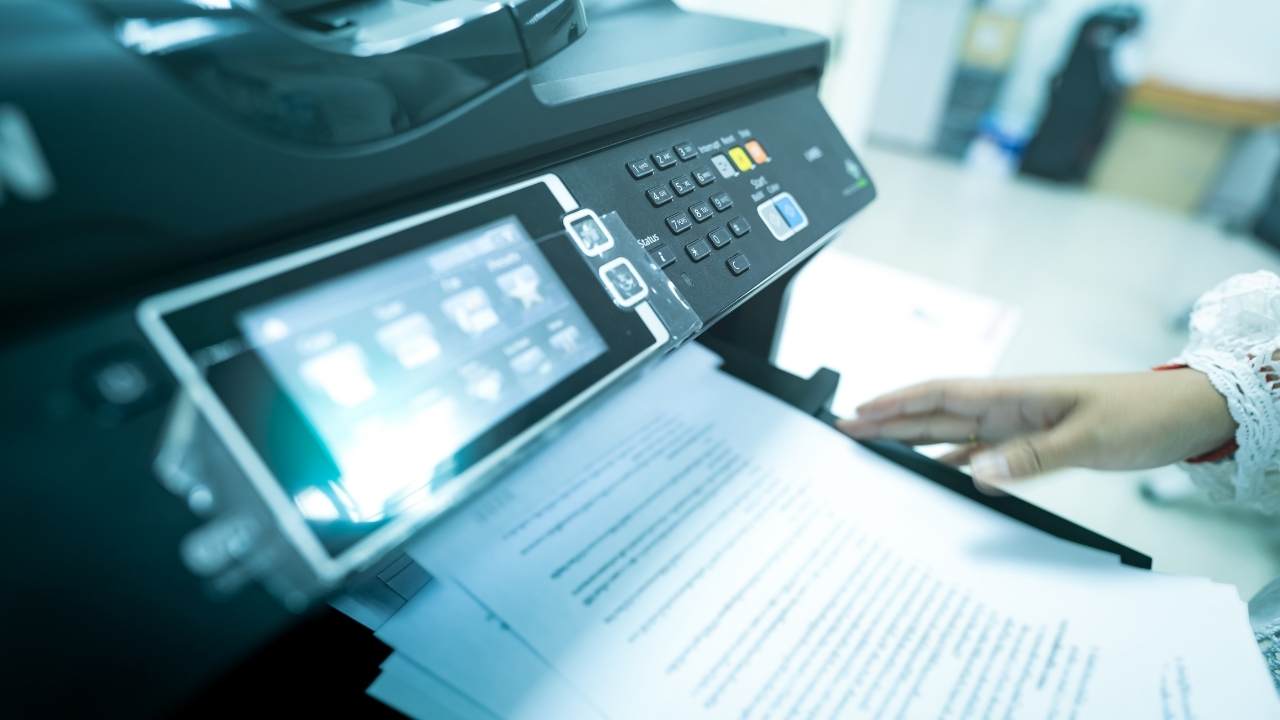How To Resend Email With Attachment – Resending an email with an attachment can be a crucial task in professional communication. Understanding how to effectively manage your email client, knowing the importance of clarity, recognizing the appropriate context for resending, and mastering the attachment process are key elements. Each of these entities plays a significant role in ensuring that your message is received accurately and promptly.
Best Structure for How To Resend Email With Attachment
When it comes to resending an email with an attachment, having a clear structure is essential. This ensures that your recipient understands the context and importance of the email. Here’s how to organize your email:
1. Subject Line
The subject line should be clear and to the point. Consider adding “Resending” to indicate that this is not a new message. For example: “Resending: [Original Subject]”.
2. Greeting
Start with a friendly greeting. Use the recipient’s name to personalize the message, like:
- “Hi [Recipient’s Name],”
- “Hello [Recipient’s Name],”
3. Brief Explanation
Provide a short introduction stating why you are resending the email. This could include reasons like the original email not being received or that you forgot to attach a file.
4. Attach the File
Make sure to attach the necessary file again. Double-check that you are attaching the correct document to avoid further confusion.
5. Closing
End with a positive note, inviting any questions or confirming receipt. A simple closing like “Thank you!” or “Looking forward to your response!” works well.
6. Signature
Finally, include your signature with your name, position, and contact information to maintain professionalism.
Seven Sample Examples of How To Resend Email With Attachment
Resending After No Response
Hi [Recipient’s Name],
I hope this message finds you well. I’m resending my previous email regarding [Subject] as I haven’t received a response yet. Please find the attached document for your review. Thank you!
Resending Due to Attachment Error, How To Resend Email With Attachment
Hello [Recipient’s Name],
I realized I forgot to attach the document in my last email. Here’s the attachment for [Subject]. Sorry for the oversight!
Resending for Clarity
Hi [Recipient’s Name],
Just following up on my last email to ensure you’ve received the attachment. I’ve included it again for your convenience. Looking forward to your thoughts!
Resending to a New Address
Hi [Recipient’s Name],
I’m resending this email to your new address. Please find the attached document regarding [Subject]. Let me know if it’s received!
Resending After Meeting
Hello [Recipient’s Name],
It was great meeting you! I’m resending the attachment we discussed for your review. Thank you for your time!
Resending for Confirmation
Hi [Recipient’s Name],
I wanted to make sure you received my previous email and the attached document regarding [Subject]. Please let me know if you need any further information.
Resending with Additional Information
Hello [Recipient’s Name],
I’m resending the document with some additional information I thought you might find helpful. Please see the attached file for details. Thank you!
Key Questions and Answers: How To Resend Email With Attachment
1. Why is it important to resend an email with an attachment?
Resending an email with an attachment is important to ensure that the recipient has the information they need. It eliminates confusion and provides clarity, especially if the original message was missed or overlooked.
2. What should I include in the subject line when resending an email?
The subject line should clearly indicate that the email is a resend. Including “Resending” or “Follow-Up” helps the recipient recognize the email’s purpose quickly.
3. How can I ensure the attachment is correct before resending?
To ensure the attachment is correct, double-check the file name and content before sending. Opening the file to verify its relevance to the email context is also a good practice.
4. What tone should I use when resending an email?
The tone should be professional yet friendly. Acknowledging the previous email and expressing understanding if there were any oversights creates a positive communication atmosphere.
Thank you for taking the time to read this article! We hope these tips help you streamline your email communication. Feel free to visit us again for more helpful insights!
